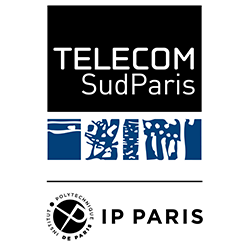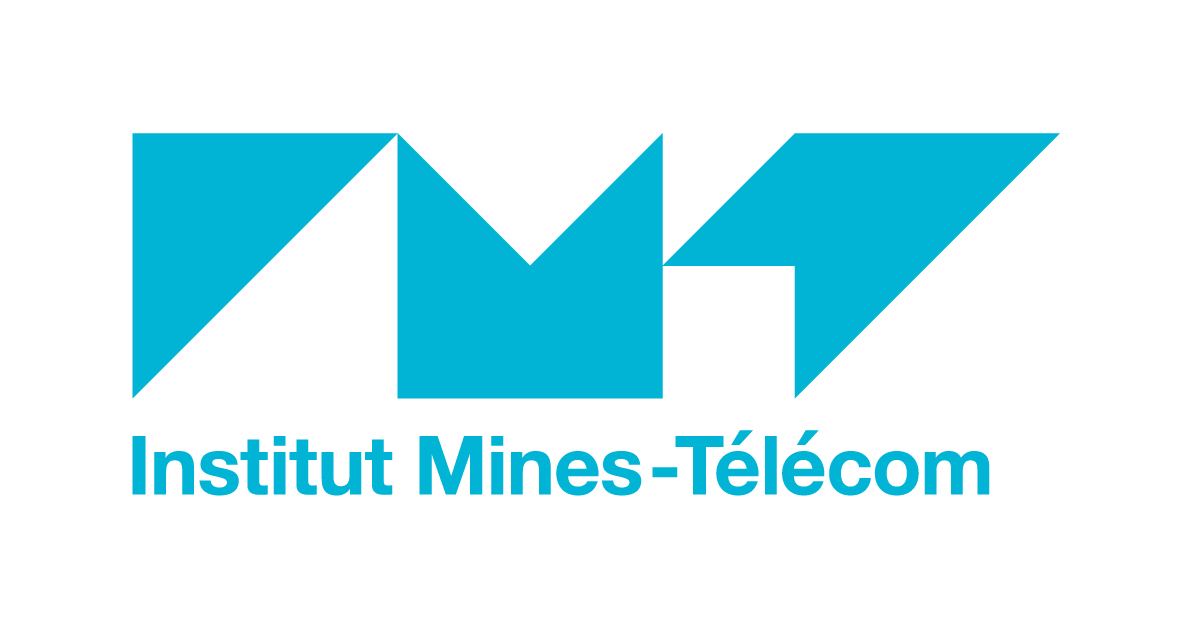New article “Real-Time Tracking and Mining of Users’ Actions over Social Media ” at Computer Science and Information Systems
Ejub Kajan, Noura Faci, Zakaria Maamar, Mohamed Sellami, Emir Ugljanin, et al.. Real-time tracking and mining of users’ actions over social media. Computer Science and Information Systems, ComSIS Consortium, In press, pp.2-2. ⟨10.2298/CSIS190822002K⟩. ⟨hal-02514060⟩
Abstract. With the advent of Web 2.0 technologies and social media, companiesare actively looking for ways to know and understand what users think and say about their products and services. Indeed, it has become the practice that users go online using social media like Facebook to raise concerns, make comments, and share recommendations. All these actions can be tracked in real-time and then mined using advanced techniques like data analytics and sentiment analysis. This paper discusses such tracking and mining through a system called Social Miner that allows companies to make decisions about what, when, and how to respond to users’ actions over social media. Questions that Social Miner allows to answer include what actions were frequently executed and why certain actions were executed more than others.
New paper “Towards an Approach for Validating the Internet-of-Transactional-Things” at AINA’2020
Z. Maamar, M. Sellami, N.C. Narendra, I. Guidara, E. Ugljanin, and B. Banihashemi. Towards an Approach for Validating the Internet-of-Transactional-Things. In the 34-th International Conference on Advanced Information Networking and Applications (AINA-2020)
Abstract. This paper examines the impact of transactional properties, known as pivot, retriable, and compensatable, on Internet-of-Things (IoT). Despite the ever-growing number of things in today’s cyber-physical world, a limited number of studies examine this impact while considering things’ particularities in terms of reduced size, restricted connectivity, continuous mobility, limited energy, and constrained storage. To address this gap, this paper proceeds first, with exposing things’ duties, namely sensing, actuating, and communicating. Then, it examines the appropriateness of each transactional property for each duty. During the performance of transactional things, (semi)-atomicity criterion is adopted allowing to approve when these things’ duties could be either canceled or compensated. A system that runs a set of what-if experiments is presented in the paper allowing to demonstrate the technical doability of transactional things.

